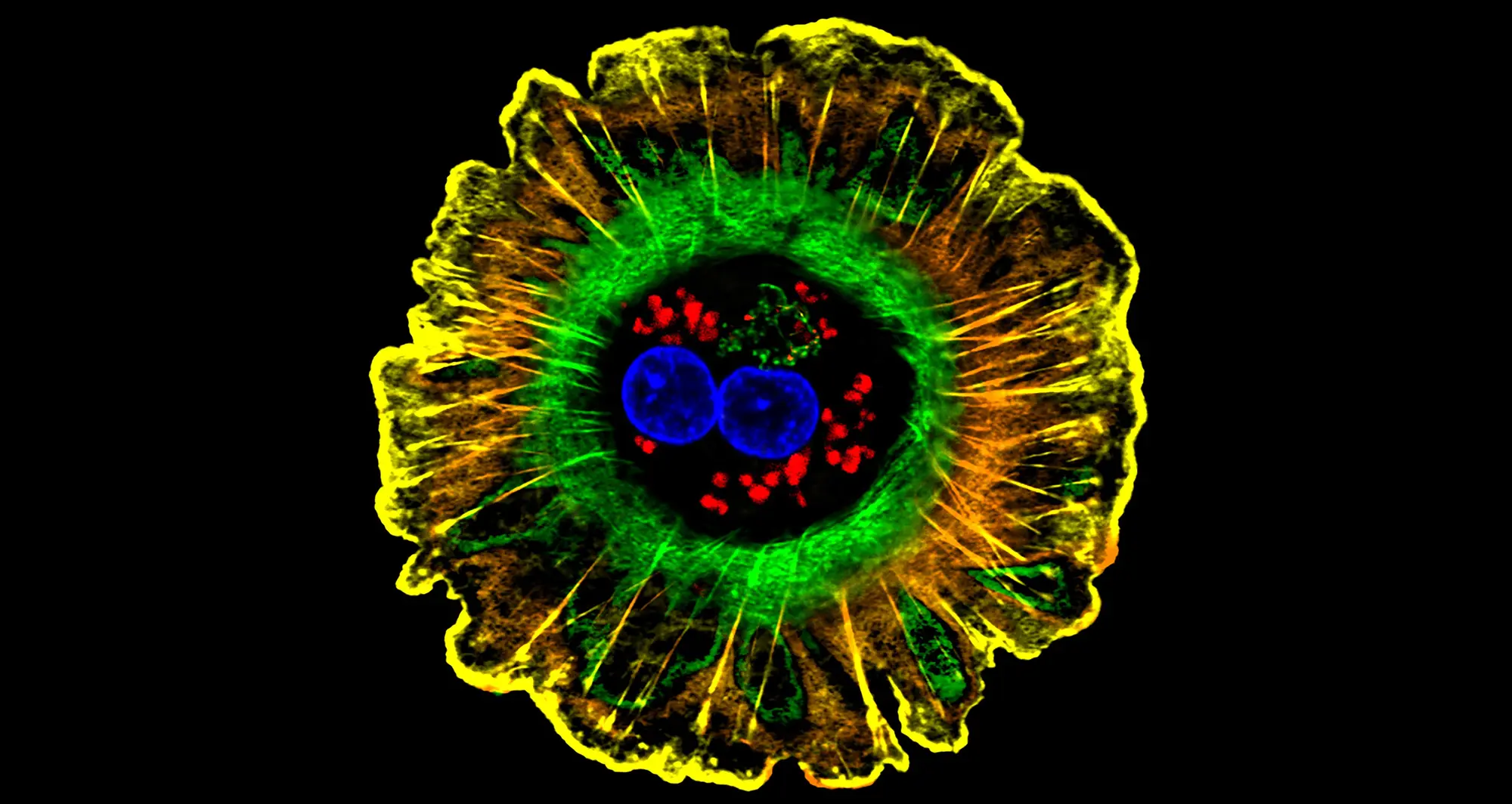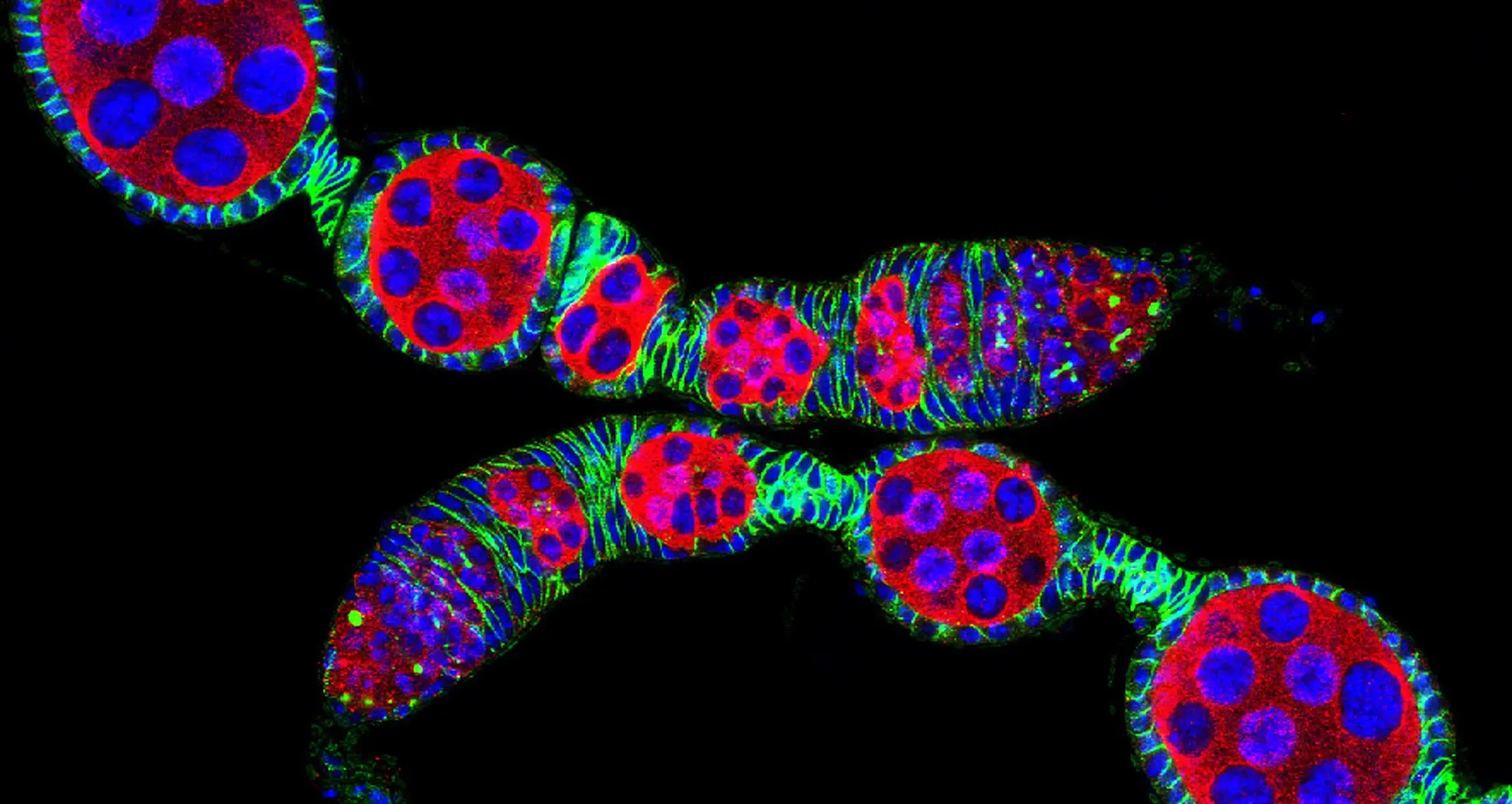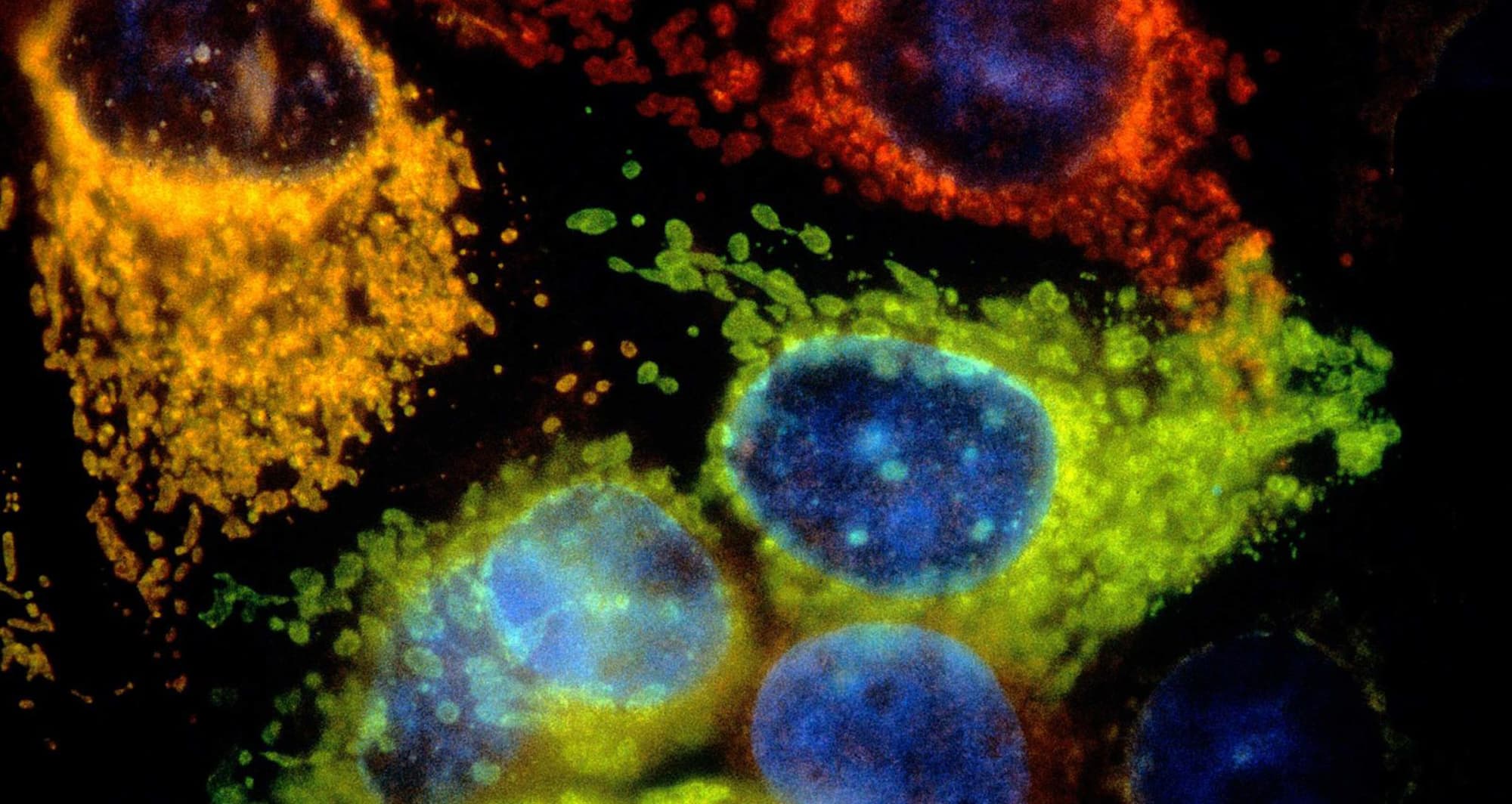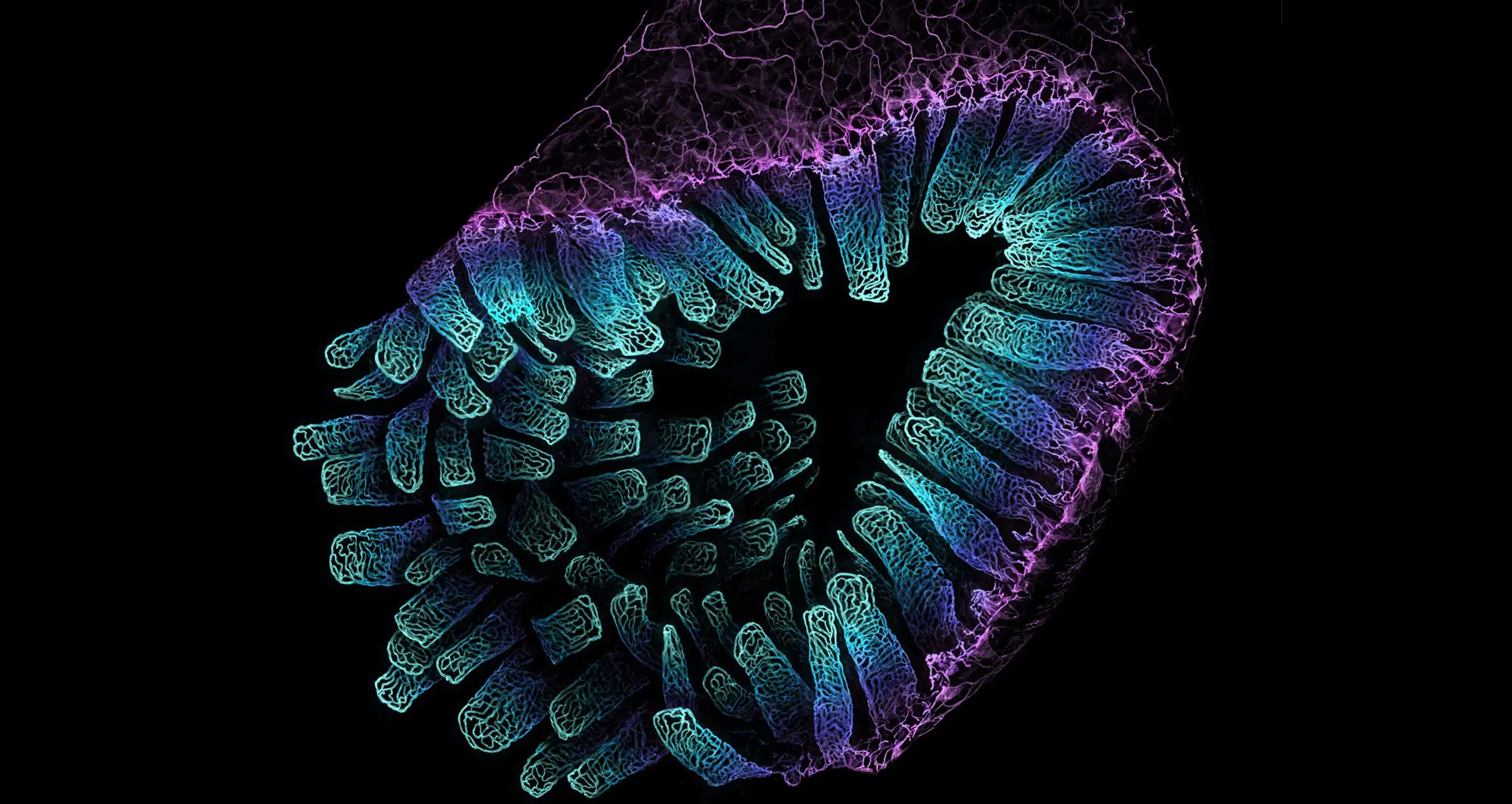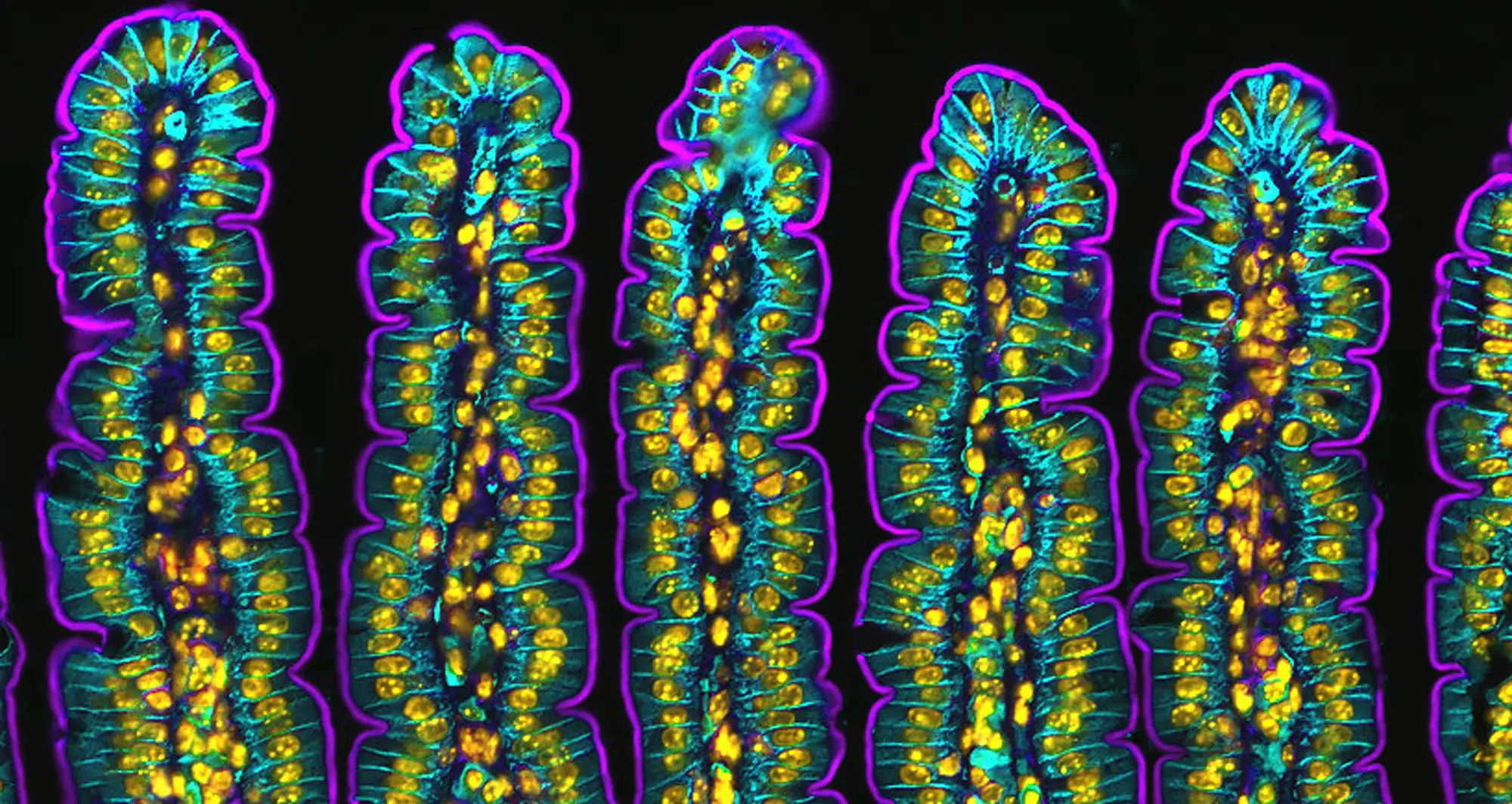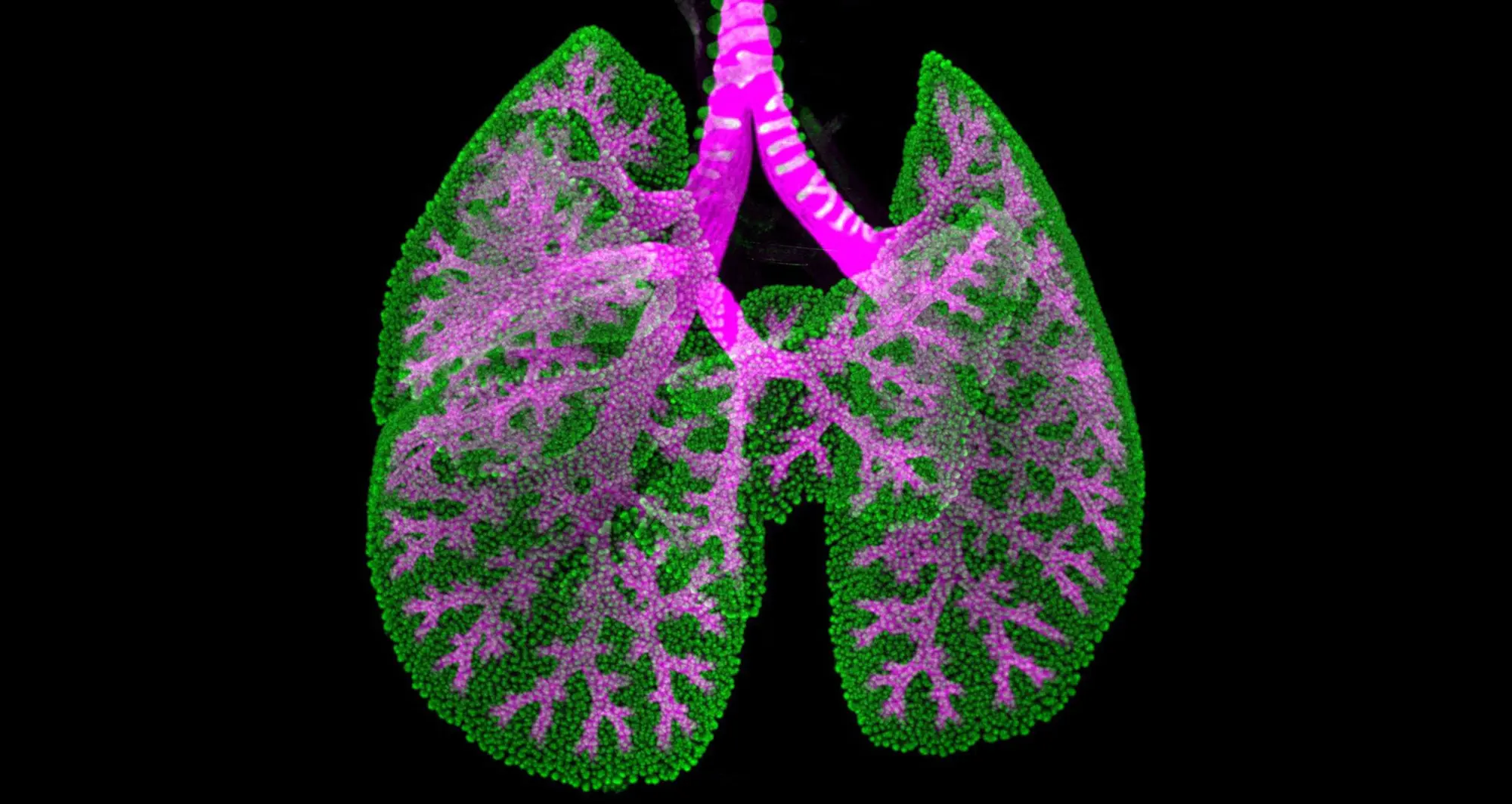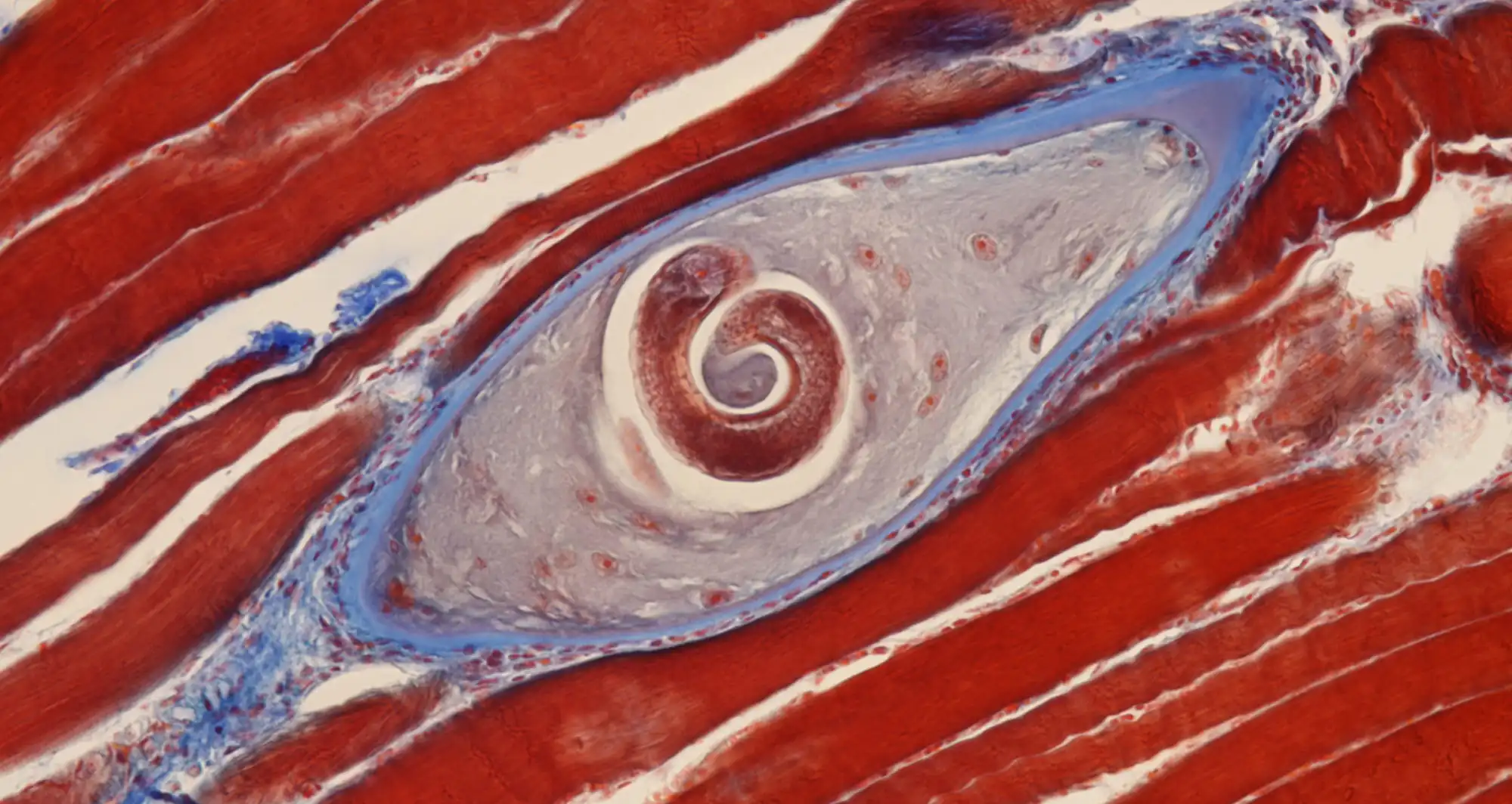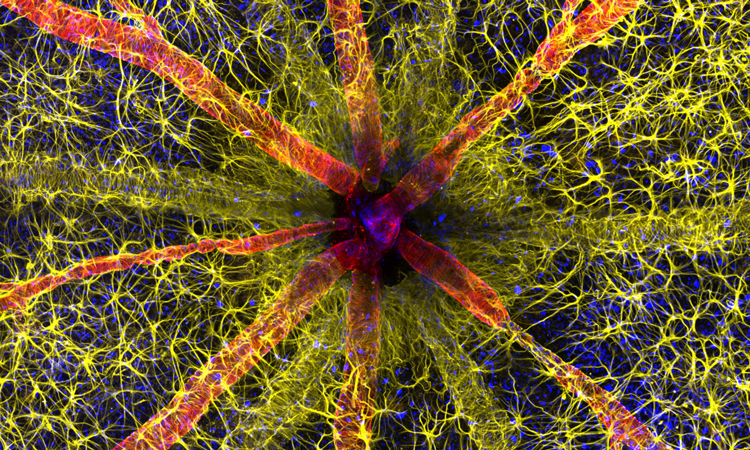Hepatocytes or liver cells are the most abundant cell type in the human liver, and play multiple roles, including building proteins, producing bile to aid digestion of fats and chemically processing molecules found normally in the body, like hormones, as well as foreign substances like medicines and alcohol.
Image courtesy of Donna Beer Stolz, University of Pittsburgh.
